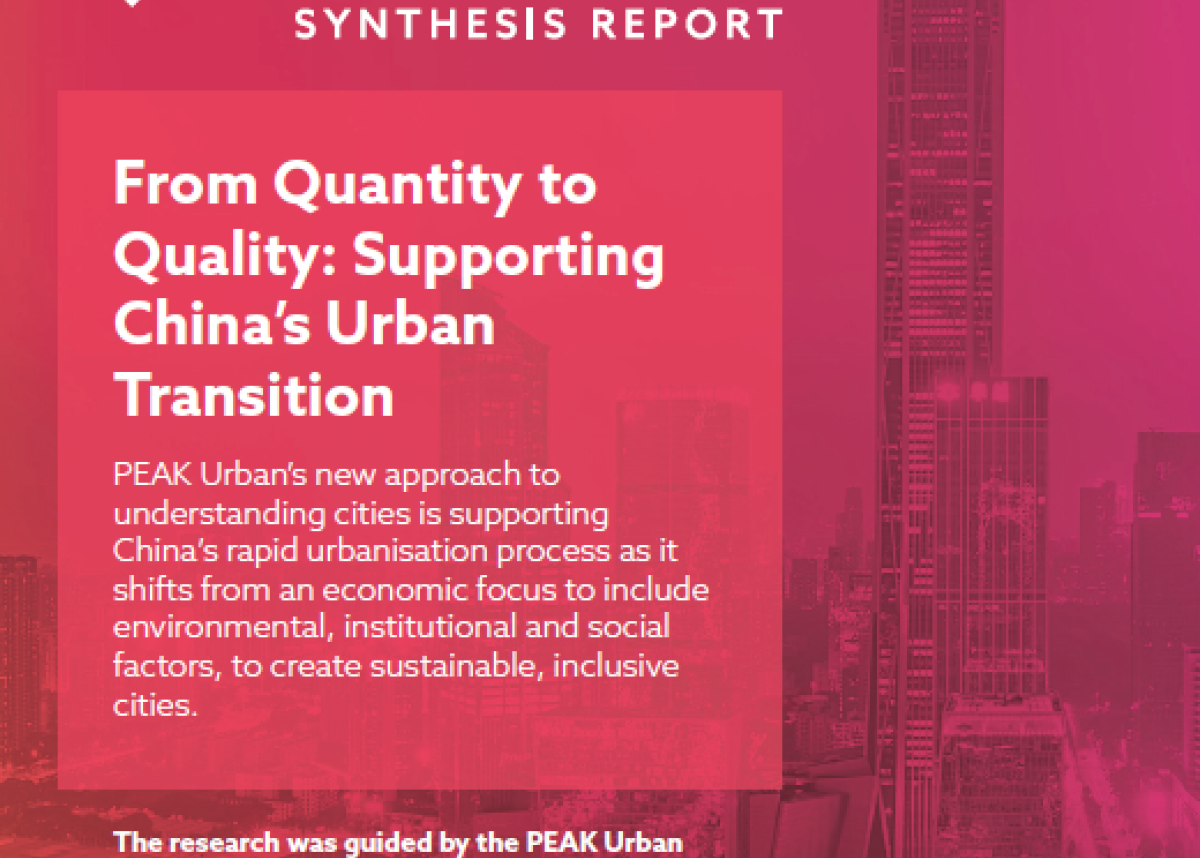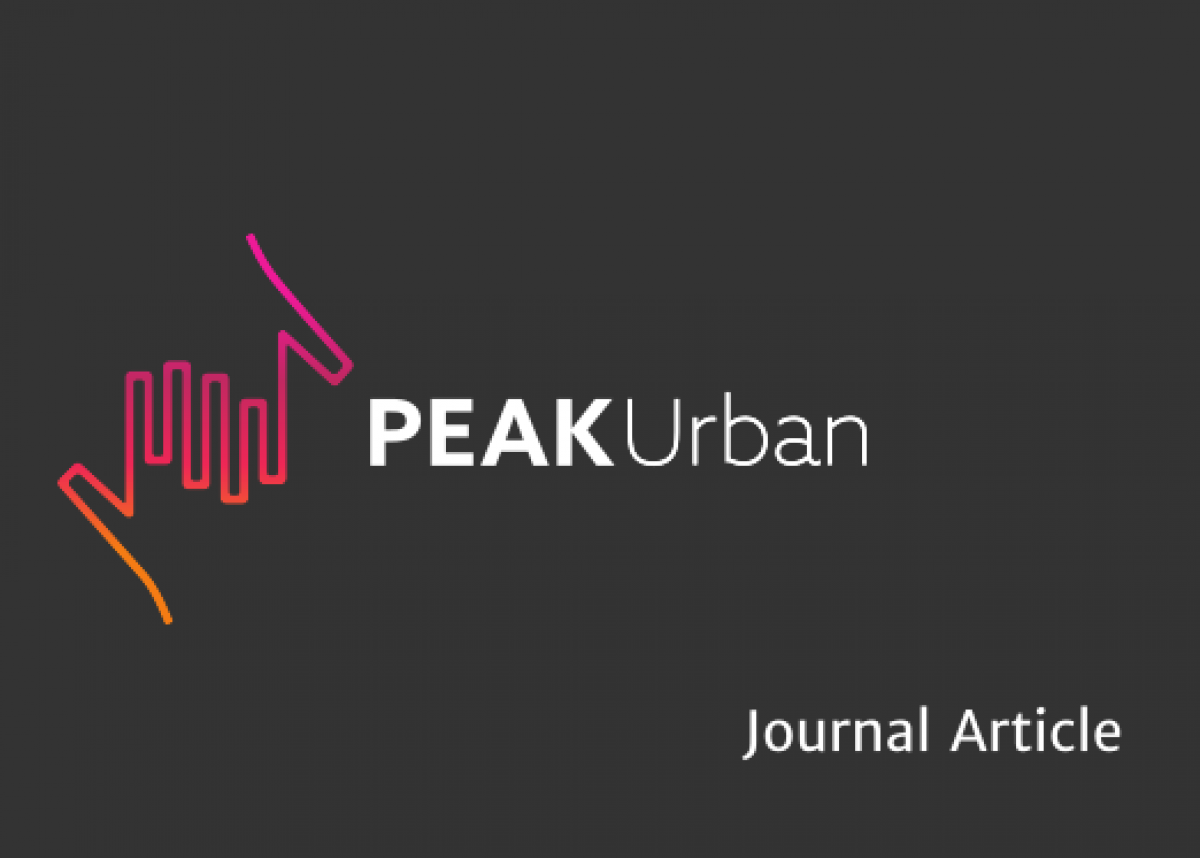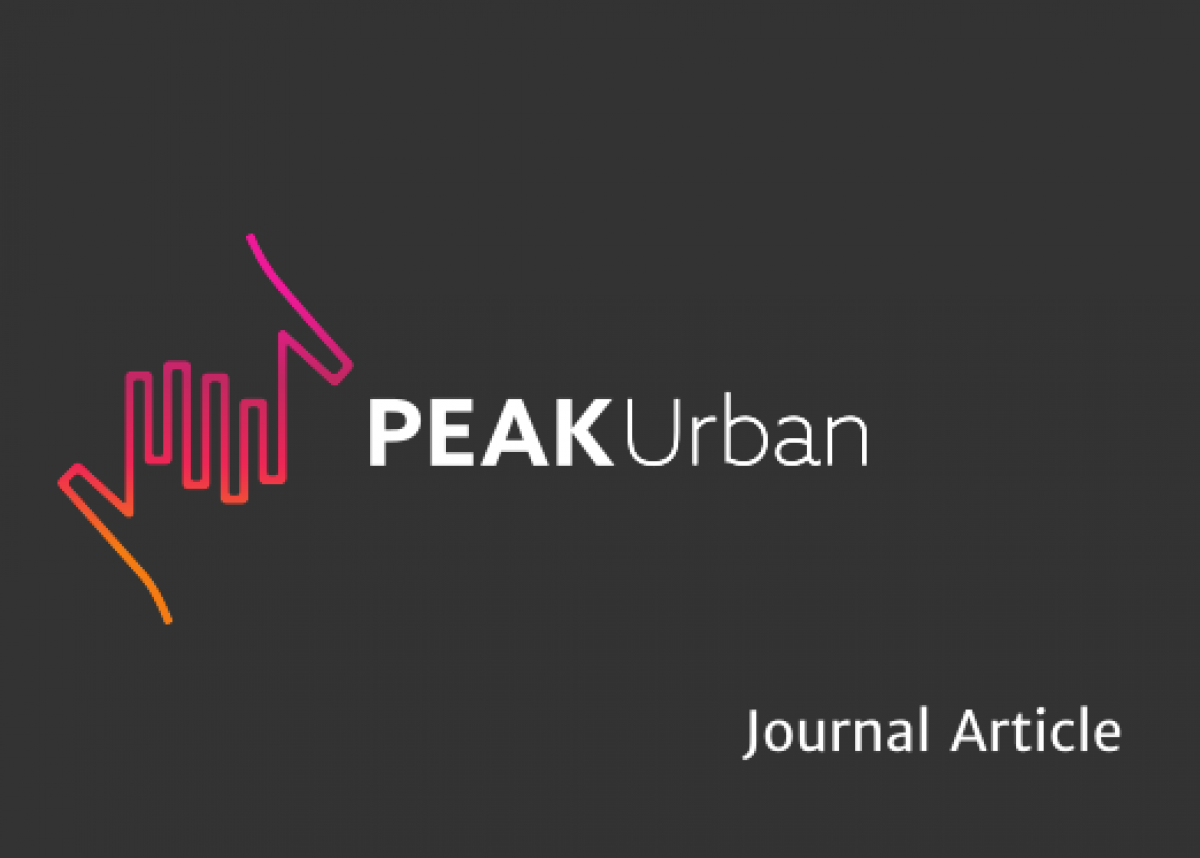
The Estimation and Temporal Characteristics of the Household Registration Migration in China's Urban Areas
Based on the decomposition of the natural and mechanical growth of the household registration population, we estimate the household registration migration population of cities at prefecture-level and above in China from 2011 to 2017. We compare and analyze the temporal and spatial characteristics of household registration migration and population mobility, and evaluate the national new urbanization strategy to guide cities to settle according to scale and level.
The results show that in recent years, China's household registration migration has become increasingly active, and the spatial pattern of population migration and flow is highly coupled; the migration hotspots are mainly concentrated in the three major coastal city clusters, and the migration areas are relatively scattered, with the middle reaches of the Yangtze River and the northeast regions the areas where most people have migrated to. Megacities have the strongest attraction for migrants to settle down. First-tier cities continue to be active in household registration migration, and the scale of migration in emerging second-tier cities is rapidly increasing. Even if there are generally no settlement restrictions, the attractiveness of small and medium-sized cities is still very limited, and the household registration migration trend continues to strengthen.




